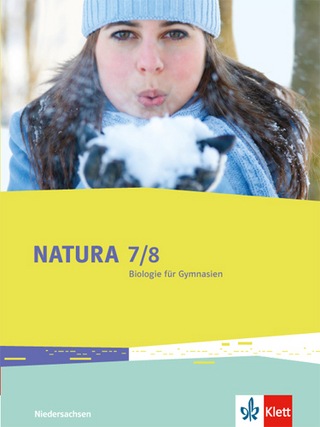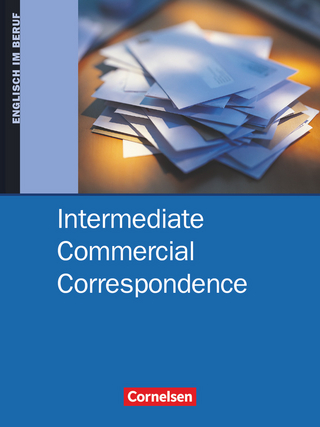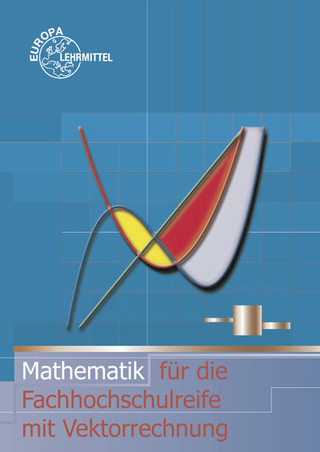Strained Metallic Surfaces
Wiley-VCH (Verlag)
978-3-527-32344-9 (ISBN)
Valim Levitin is Professor and the Head of an internationally renowned Research Group at the National Technical University in Ukraine. He obtained his Ph.D: from Ural State University in Sverdlovsk, Russia, in 1961 and after several positions as research engineer became Professor of Physics at the National Technical University of Ukraine in Zaporozhye. His research focuses on problems of atom vibrations in solids, work functions, the physical bases of creep and fatigue as well as X-ray and TEM studies of the fundamentals of materials strength. He holds 12 patents and has published more than 130 peer-reviewed articles and two books, most recently High Temperature Strain of Metals and Alloys, also with Wiley-VCH. Stephan Loskutov is Professor of Physics at the National Technical University of Ukraine in Zaporozhye. He began his academic career in 1981 as Assistant Lecturer and became Assistant Professor at the NTU in 1993. He obtained his D.Sc. in metal physics from the Kurdyumov Institute of Metal Physics in Kiev in 2005. His research interests are focused on metal and alloy surfaces, materials fatigue and the computer simulation of crystals.
PECULIARITIES OF THE METALLIC SURFACE
Surface Energy and Surface Stress
Crystal Structure of a Surface
Surface Defects
Distribution of Electrons Near the Surface
SOME EXPERIMENTAL TECHNIQUES
Diffraction Methods
Distribution of Residual Stresses in Depth
The Electronic Work Function
Indentation of Surface. Contact Electrical Resistance
Materials under Investigation
EXPERIMENTAL DATA ON THE WORK FUNCTION OF STRAINED SURFACES
Effect of Elastic Strain
Effect of Plastic Strain
Influence of Adsorption and Desorption
MODELING THE ELECTRONIC WORK FUNCTION
Model of the Elastic Strained Single Crystal
Taking into Account the Relaxation and Discontinuity of the Ionic Charge
Model for Neutral Orbital Electronegativity
CONTACT INTERACTION OF METALLIC SURFACES
Mechanical Indentation of the Surface Layers
Influence of Indenation and Surface Roughness on the Work Function
Effect of Friction and Wear on Energetic Relief
PREDICTION OF FATIGUE LOCATION
Forecast Possibilities of the Work Function. Experimental Results
Dislocation Density in Fatigue-Tested Metals
COMPUTER SIMULATION OF PARAMETER EVOLUTIONS DURING FATIGUE
Parameters of the Physical Model
Equations
System of Differential Equations
Results of the Simulation: Changes in the Parameters
STRESSED SURFACES IN THE GAS-TURBINE ENGINE COMPONENTS
Residual Stresses in the Surface of Blades and Disks and Fatigue Strength
Compressor Blades of Titanium-Based Alloys
NANOSTRUCTURING AND STRENGTHENING OF METALLIC SURFACES. FATIGUE BEHAVIOR
Surface Profile and Distribution of Residual Stresses with Depth
Fatigue Strength of the Strained Metallic Surface
Relaxation of the Residual Stresses under Cyclic Loading
Microstructure and Microstructural Stability
Empirical and Semi-Empirical Models of Fatigue Behavior
Prediction of Fatigue Strength
THE PHYSICAL MECHANISM OF FATIGUE
Crack Initiation
Periods of Fatigue-Crack Propagation
Crack Growth
Evolution of Fatigue Failure
S-N Curves
Influence of Gas Absorption
IMPROVEMENT IN FATIGUE PERFORMANCE
Restoring Intermediate Heat Treatment
Effect of the Current Pulse on Fatigue
The Combined Treatment of Blades
Structural Elements of Strengthening
SUPPLEMENT I
List of Symbols
SUPPLEMENT II
Growth of a Fatigue Crack. Description by a System of Differential Equations
"This book is a must-have guide for students as well as engineers and researchers explaining the complexities of the structure of strained surfaces and behaviour." ( International Journal Microstructure & Materials Properties , 2009)
| Erscheint lt. Verlag | 10.12.2008 |
|---|---|
| Sprache | englisch |
| Maße | 170 x 240 mm |
| Gewicht | 634 g |
| Themenwelt | Naturwissenschaften ► Chemie |
| Technik ► Maschinenbau | |
| Schlagworte | Bruchmechanik • Chemie • Chemistry • Failure Fracture • Festkörpermechanik • Legierung • Maschinenbau • materials characterization • Materials Science • Materialwissenschaften • mechanical engineering • Metall • Metalle u. Legierungen • Metall-Legierungen • Metals & Alloys • Metals & Alloys • Nanomaterialien • nanomaterials • Nanotechnologie • nanotechnology • Oberfläche • Physical Chemistry • Physikalische Chemie • solid mechanics • Werkstoff • Werkstoffprüfung |
| ISBN-10 | 3-527-32344-9 / 3527323449 |
| ISBN-13 | 978-3-527-32344-9 / 9783527323449 |
| Zustand | Neuware |
| Informationen gemäß Produktsicherheitsverordnung (GPSR) | |
| Haben Sie eine Frage zum Produkt? |
aus dem Bereich





